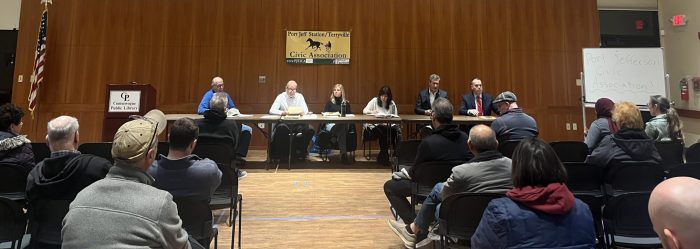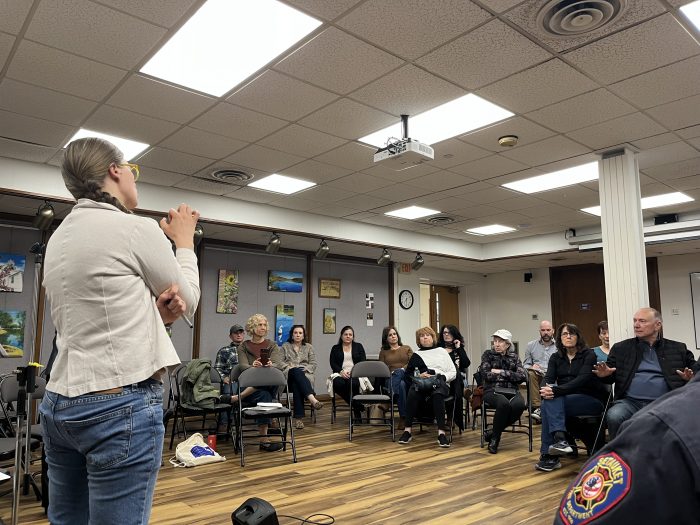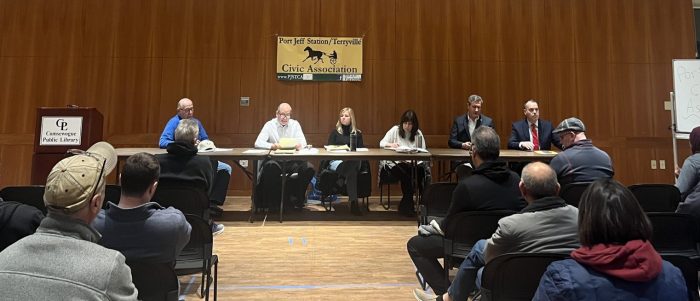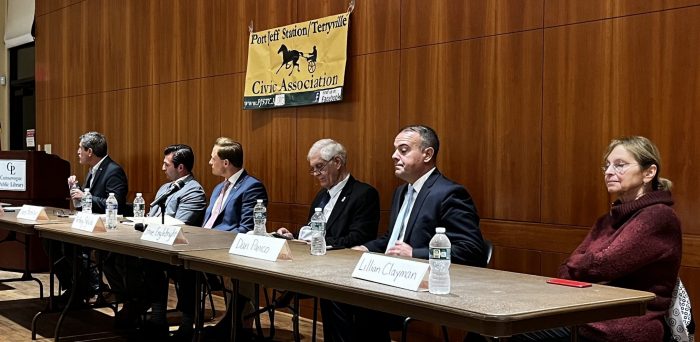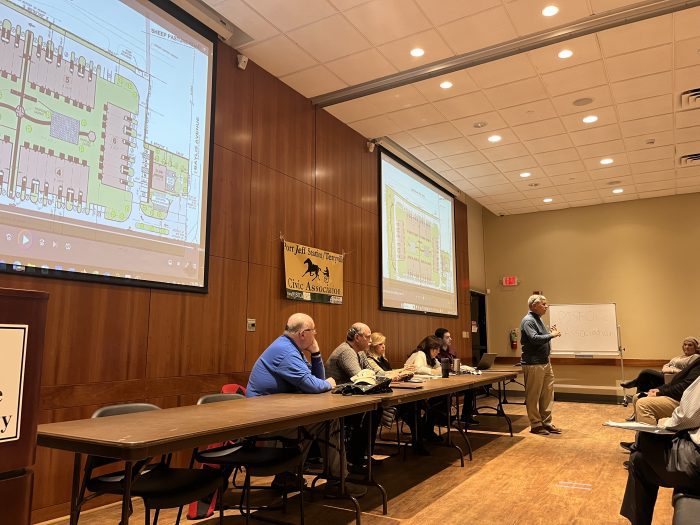By Sabrina Artusa
New Leaf Energy has proposed a new battery energy storage system facility in Mount Sinai — a proposal that necessitates a rezoning of the current property.
The increase in development of battery energy storage systems in the state is part of the effort to achieve the goal of the 2019 New York State Climate Leadership and Community Protection Act, which states that by 2030, 70% of electricity should be derived from renewable energy.
The battery energy storage system will work to offset the lack of wind and solar power during off seasons by storing excess electricity throughout the year, then release electricity when demand dictates.
The facility will be approximately 40,000 square feet and will consist of 24 Tesla Megapack 2XL containers, and will generate around 80 megawatt-hours, which could power 16,000 homes. The proposed site is adjacent to Mount Sinai‒Coram Road and Route 25A.
The proposal was met with opposition from the community, many of whom were concerned that the facility, which consists of four battery installations, would provide a safety risk to the nearby school.
In March, the developer approached the Mount Sinai Civic Association with their plans. At the civic’s May 6 meeting, New Leaf Energy prepared a presentation and answered questions. The meeting, according to the association’s president Brad Arrington, lasted two-and-a-half hours.
Arrington estimated that of those who attended, 70-80% were opposed.
“I think most people are concerned about the safety around BESS. They are worried about proximity to lithium and they are worried about fires,” Arrington said. “People are rightly concerned about that.”
A petition against the development listed safety concerns as a major reason why the facility should not be approved. While fires are a reasonable concern, New Leaf Energy’s systems have several safety measures to ensure any fires stay contained.
However, the property is not zoned as a residential area, but as transitional business. The application from New Leaf Energy proposes a change to light industrial.
According to their presentation, toxic gases are not a risk and precautions have been taken to limit the likelihood of fires. The units are spread out, have a thermal management system and on-site and remote monitoring systems.
The civic expanded the conversation to include Mount Sinai School District and Mount Sinai Fire Department. Arrington said that the fire department seems “satisfied with the information they were provided” and have not “expressed significant concerns around safety.”
New Leaf Energy, in a PowerPoint presentation available on the civic website, has indicated there will be a community benefit agreement “in place of school district PILOT (payment in lieu of taxes),” which is estimated at “approx. $10,000 per year per project.”
The civic association is still gathering information and has not yet formed an opinion on the proposal. Arrington said the vote will likely take place in the fall.
“We really try to represent the interests of our community to our elected officials and provide meaningful and balanced opinions to our officials,” he said.
Operation of the facility is estimated for summer 2027 if approved.



